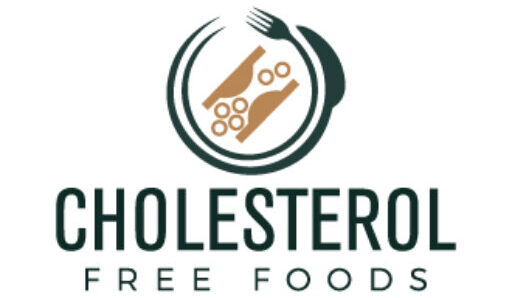What Are The Different Types Of Cholesterol?
Before we elaborate on this issue, let’s start at the beginning: What is cholesterol? It is a substance of the lipid family that occurs naturally in our body and functions to produce hormones such as estrogen and testosterone, or to protect our cells by forming membranes around them. Food provides us with some cholesterol, but most of it is produced by our liver.
The Two Common Types Of Cholesterol Are HDL AND LDL
HDL cholesterol is commonly known as good cholesterol and this type of cholesterol plays a positive role in our body. High-density lipoprotein (HDL) cholesterol works to remove fat deposits from our arteries by transporting them to the liver for excretion. Maintaining high levels of HDL cholesterol is essential to properly maintain our arteries and thus ensure cardiovascular health.
The other type of cholesterol is called bad cholesterol (LDL) because it functions in the opposite way to HDL. This low-strength lipoprotein transports cholesterol from the liver to the tissues of the body. Its function is necessary and essential for the proper functioning of our body. In addition to cholesterol, it carries the fats we mentioned earlier: they stick to the walls of our arteries and clog them. The body produces this type of cholesterol naturally, but food, again, affects its levels; unlike HDL cholesterol, the lower the LDL level, the better.
Cholesterol levels are measured in milligrams per deciliter (mg/dl) of blood. Too much cholesterol can cause fatty deposits to accumulate in our arteries. We should try to keep our HDL cholesterol high and our LDL cholesterol low. For the sake of clarity, here is a description of how many different types of cholesterol there are, called good and bad, and what each type does.
HDL cholesterol is what we usually call good cholesterol because this type of cholesterol plays a positive role in our body. HDL (high-density lipoprotein) cholesterol works by transporting fatty deposits from the arteries to the liver, thus removing fat. deposits from the arteries and remove them from the body. Maintaining high levels of HDL cholesterol is essential for proper maintenance of our arteries, thus ensuring cardiovascular health.
The ideal level of this type of cholesterol is 35 mg/dL or higher for men and 40 mg/dL or higher for women. High levels of HDL cholesterol can protect us from heart disease. To maintain optimal levels of this type of cholesterol, it is recommended that you exercise and eat a good diet that includes healthy fats.
Regular physical activity, especially aerobic exercise such as swimming, bicycling, and running, can improve blood circulation. If you don’t have the time, remember that just 30 minutes of walking a day can get you out of a sedentary lifestyle. Balance your diet by increasing your intake of foods rich in omega-3 fatty acids such as salmon, tuna, mackerel, and sardines.
Replace saturated fats with monounsaturated and polyunsaturated fats from vegetable oils, fruits such as avocado, and dried fruits such as almonds and nuts. Avoid bad habits such as smoking, sedentary lifestyle, and consumption of refined sugar. Reduce the amount of salt in your diet, and if you do use salt, make sure it is iodized.
A low level of HDL cholesterol occurs when the blood level is below 40 mg/dL. This leads to poor regulation of fat, which can form plaque that builds up in the arteries and prevents good blood circulation.
Genetic factors can affect cholesterol levels, especially in children with a family history of the disease. Developing a healthy lifestyle and moving away from a sedentary lifestyle are two important factors in preventing potential risks.
To lower your LDL cholesterol levels, you must follow the above guidelines. Exercise, a healthy diet, and reducing harmful habits such as smoking and alcohol are three factors that can help reduce it.
It is the body that produces this cholesterol, but there are also foods that provide it, especially those containing saturated fats such as full-fat dairy products, butter, certain meats, eggs, and products with refined sugars in their composition, such as industrial baked goods. Therefore, it is important to minimize the intake of these products.
Of course, this varies from person to person, but levels below 100 mg/dl are considered optimal. In some cases, even if the required LDL cholesterol level is below 70 mg/dl, a level below that can be considered LDL cholesterol. The key is to make sure your LDL cholesterol level does not exceed 160 mg/dL.
LDL cholesterol is also known as very low-density lipoprotein; LDL is found in this form of cholesterol. The difference between this type of cholesterol and the first two is that LDL is responsible for distributing triglycerides, a type of fat that our bodies absorb from food.
Normal VLDL cholesterol levels range from 5 to 40 mg/dl, depending on the individual. It is up to the doctor to decide which level is high or low and to explain the guidelines to follow in each case.
In general, it is recommended that total cholesterol levels be below 200mg/dl. Always make sure that you’re HDL (good) cholesterol is higher than your VDL (bad) cholesterol. In order to keep our bodies healthy and under control, it is good to follow some healthy habits.








